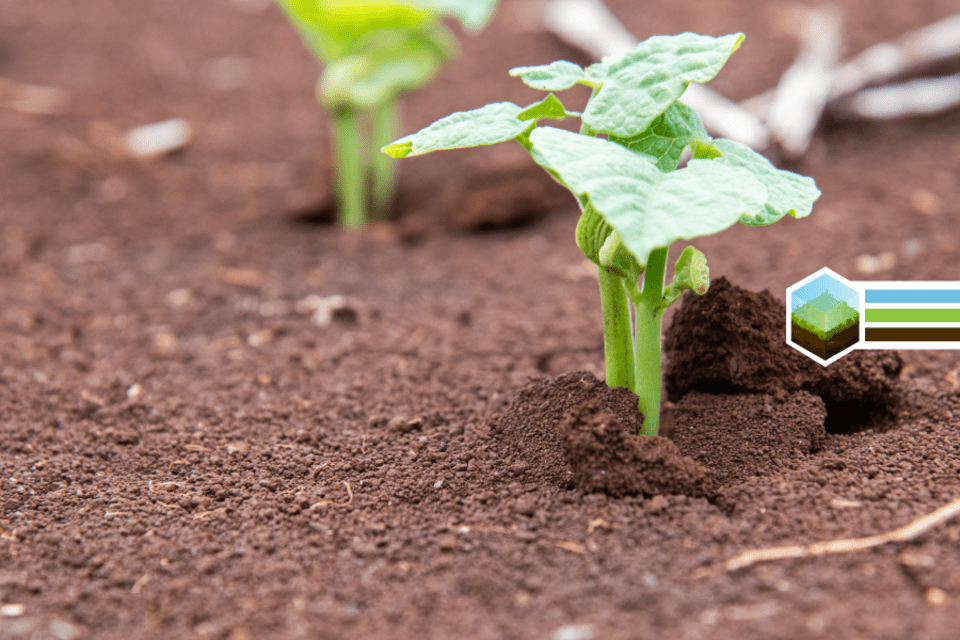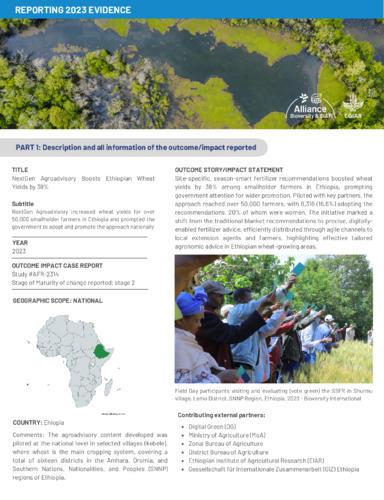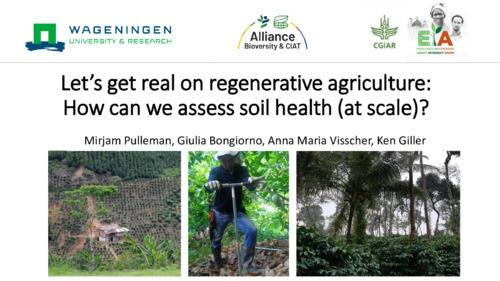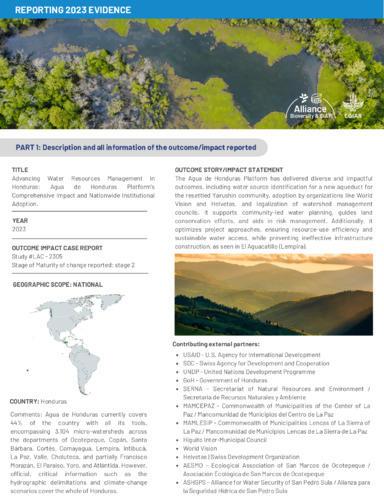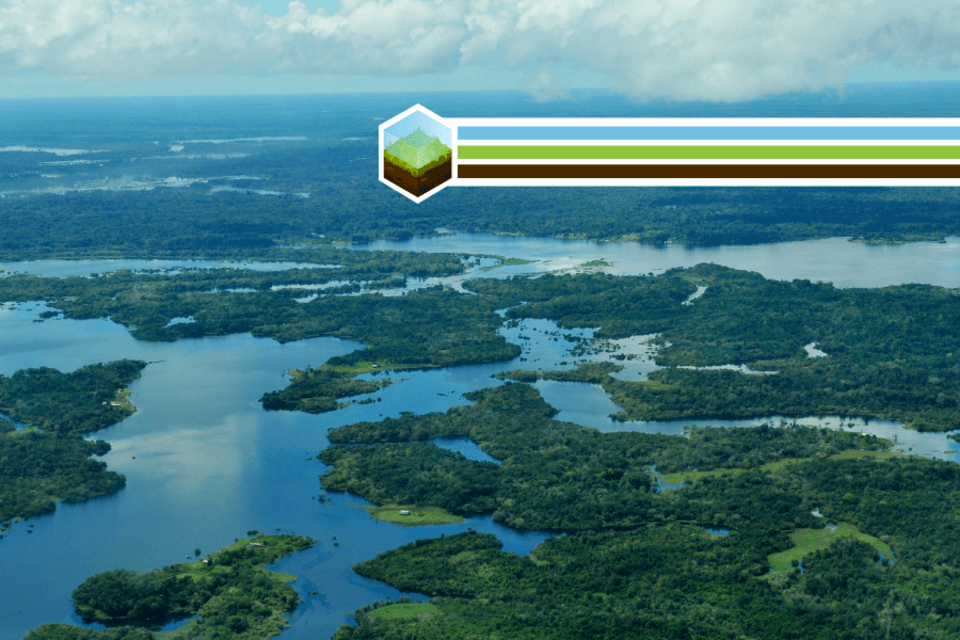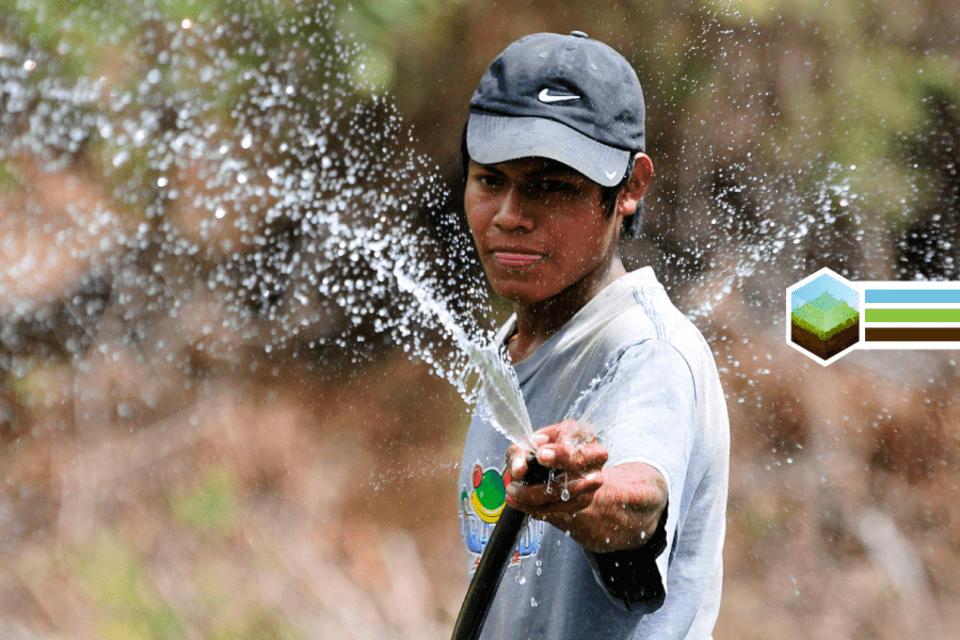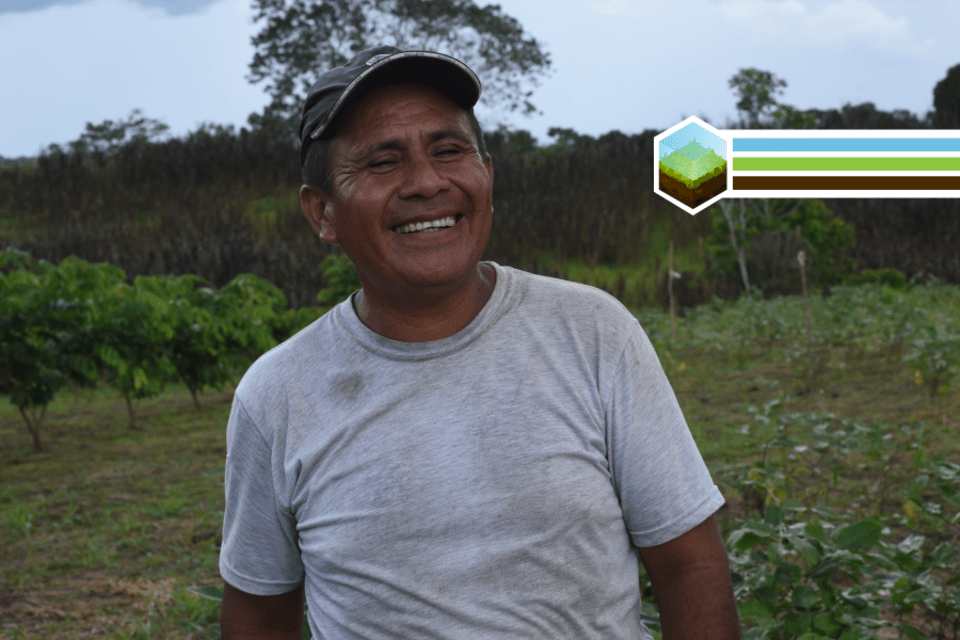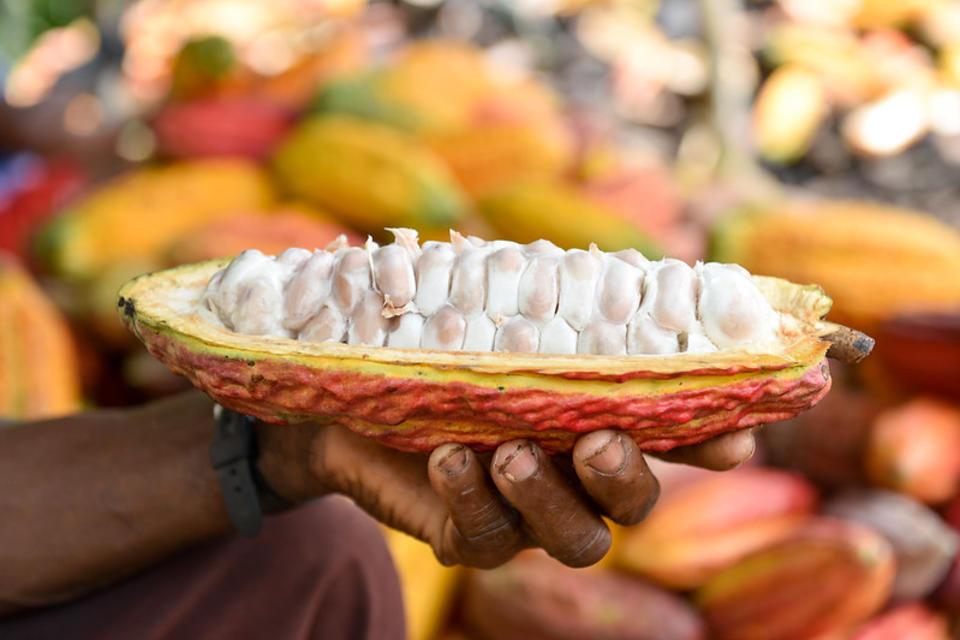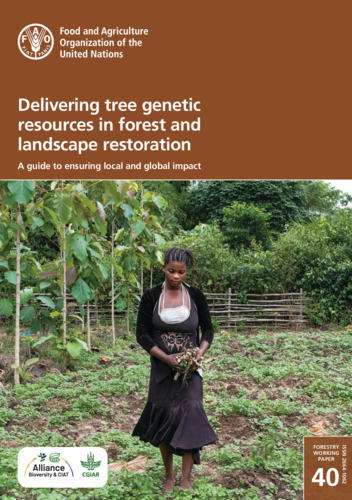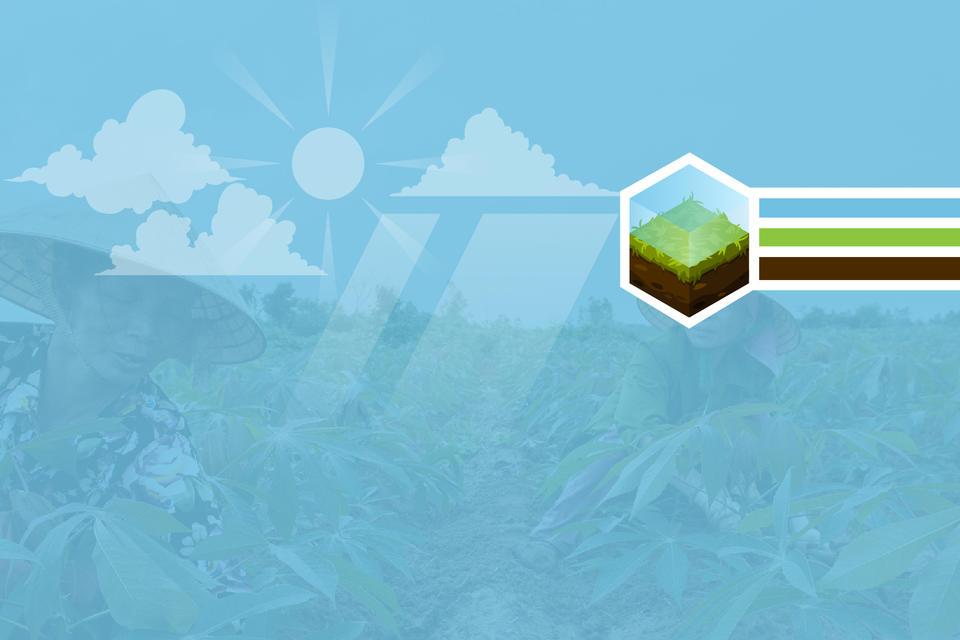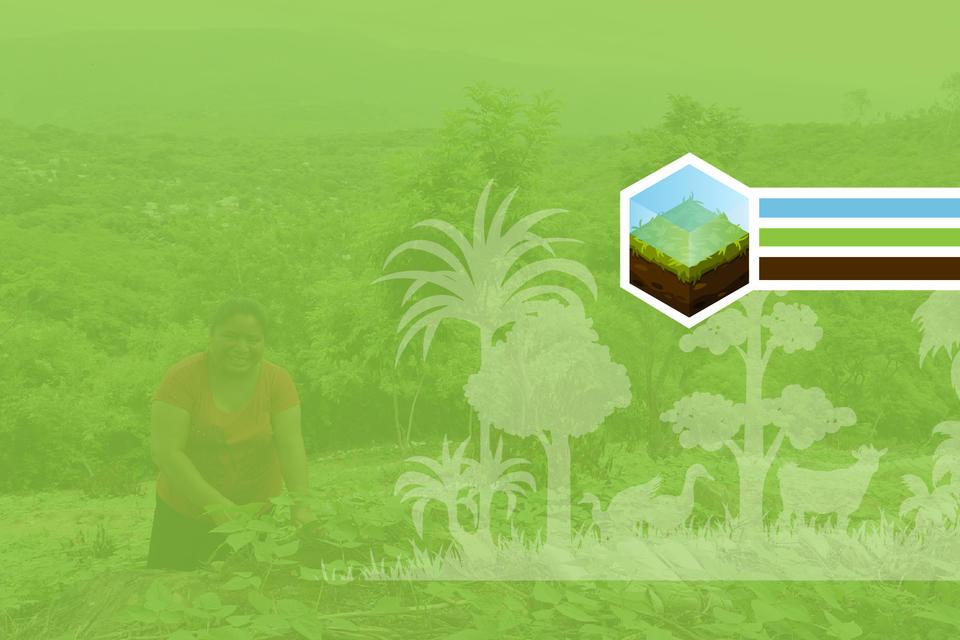2023 Annual report Land Use for Sustainable and Resilient Food Systems
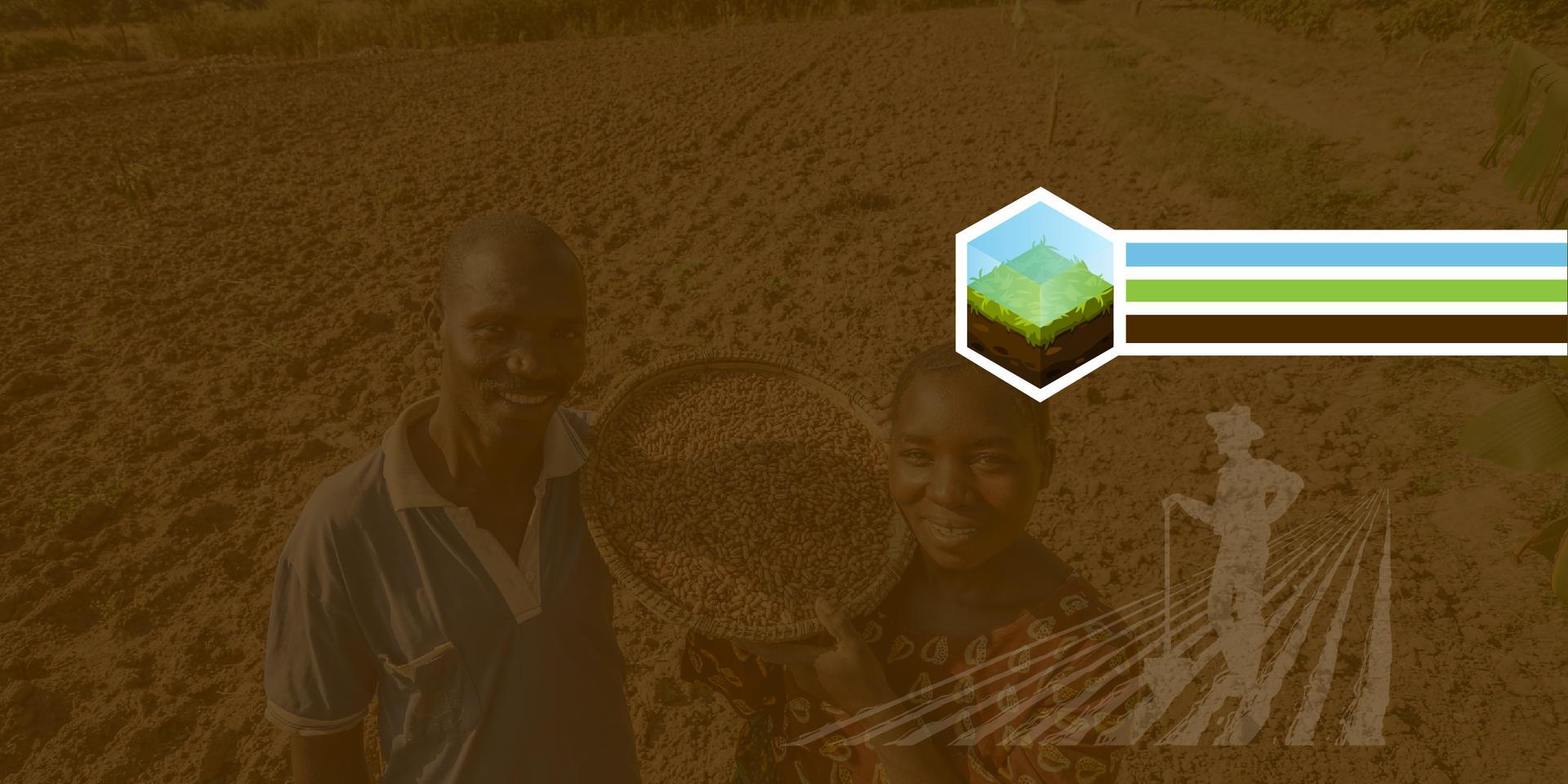
Plant, animal, and human life begins with healthy landscapes. But across the planet, erosion, deforestation, desertification, and many other environmental challenges are compromising our food systems – in some areas where we work, up to 60% of agricultural land is currently degraded.
How can we cultivate resilient landscapes that sustain ecosystem services and food production in the face of shocks?
Our research at the Alliance seeks to regenerate soil, restore trees, manage water, and nourish landscapes, catalyzing transformational change to keep our planet and society in a safe operating space.
“Globally, we have passed limits for six of the nine planetary boundaries, and the majority of these relate to land. Development organizations and scientific experts need to collaborate and understand needs at the farm level (increased yield and efficiencies) at the same time as the landscape scale (restoration). We cannot achieve either without the other.
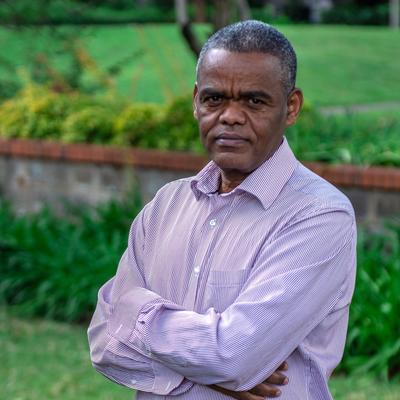
Lulseged Desta
Director, Multifunctional LandscapeResilience on the ground: Restoring Sri Lanka’s water systems
In Sri Lanka, ancient water-saving systems are making a comeback. Intricately connected tanks and reservoirs known as ‘water cascade systems’ irrigate crops and provide homes for wildlife, bolstering community members’ health and livelihoods. Just a few years ago, these systems were nearly abandoned; only through recent restoration efforts - collaborations between farmers, local organizations and international researchers - have these systems and their benefits been brought back.
Starting with Soil
Current soil degradation rates mean that each time it rains, excess water sweeps away precious topsoil, depleting farmland of nitrogen and other essential nutrients. We must aim for zero erosion and runoff if we want agriculture to be truly sustainable and productive in the long run across Africa, Asia, and Latin America.
Current discussions around soil health acknowledge the importance of restoring and maintaining soil’s nutrients to increase valuable ecosystem services and crop productivity.
For example, in Ethiopia, Alliance researchers developed location- and season-specific fertilizer recommendations. These were delivered to 50,200 farmers through multiple channels - primarily a user-friendly telegram bot - offering agronomic advice that was applied by 17% of participating farmers. In 2023, the private digital services company Lersha increased the upscaling of this work through its credit facility to farmers, ultimately increasing wheat yields by 38%.
Longstanding Alliance expertise on approaches such as integrated soil fertility management, combined with new tools and innovations, can help farmers increase soil productivity. For example, in Latin America we have developed digital tools such as the Honduras Digital Fertility Map and an app in Colombia that enhances fertilization efficiency.
Tracking our Impact: Precise digital recommendations boost Ethiopian wheat production
Increasingly, food companies are investing in regenerative agricultural practices that reduce carbon emissions, increase soil health, and nurture biodiversity. Alliance partnerships, such as our Ground Zero Project, provide private-sector actors with a scientific framework to assess and therefore encourage these objectives.
Strengthening the Alliance's collaboration with leading food producers, in 2023 we collaborated with Nestle to publish a handbook on regenerative coffee farming, influencing their adoption of sustainable practices with our research. We also published country-level guidebooks to adapt these practices to the specific contexts of Kenya and Uganda.
As farmers are empowered to adopt regenerative and agroecological practices, we can expect further benefits in crop productivity and local ecology.
Tracking our Impact: Kenyan farmers benefit from agroecology training
Learn more about how to regenerate soil health with our presentation

Job Kihara
Principal Scientist, Soil and Water Management
Mirjam Pulleman
Senior Soil Scientist
Mayesse da Silva
Senior Soil ScientistWater Management
Increasingly long and unpredictable dry spells are a reminder that all life begins with water: harvests dwindle to nothing without stable access to irrigation. Alliance collaborations in 2023 helped communities manage climate-induced drought and water scarcity: Our Healthy Landscapes Project in Sri Lanka (covered in a series commissioned with BBC Storyworks, see the top of this section) restored ancient reservoirs, while in Central America the Agua de Honduras Platform fostered community-led planning to ensure sustainable water access nationwide. Likewise, in Ethiopia Alliance researchers found that installing water pumps helped incentivize young people to stay in rural communities by making farming productive and profitable.
Tracking our Impact: Agua de Honduras covers 3,104 watersheds

Jefferson Valencia Gómez
Research Team Leader
Wuletawu Abera
Senior Scientist, Country Representative for Ghana"Small-scale irrigation is key to supporting food and nutrition security of local smallholder farmers.” - Wuletawu Abera, Alliance Scientist
Sustainable Production can Build Peace

Augusto Castro-Nunez
Senior Scientist Low-Emissions Food SystemsIn Colombia, unsustainable land use and unequal land access are often at the root of armed conflict. But conservation agreements, sustainable practices, and strategies (such as payment for ecosystem services) can offer communities the chance to turn this around. In 2023, our Sustainable Land Use Systems (SLUS) project passed the five-year mark connecting agricultural and livestock systems, forest conservation, climate mitigation, and peace-building initiatives.
Through platforms on dairy and cocoa involving 23 companies and 75 stakeholders, the project has facilitated dialogue in some of the country’s most conflict-affected zones. Last year’s Sustainable Cocoa Innovation Challenge aimed to identify, accelerate, and fund innovative ventures that encompassed issues such as sustainable sourcing, social empowerment, and circular economy.
"Winning this award is an opportunity to grow our business and improve the living conditions of the farmers who collaborate with us.” María Nidia Sánchez, Chocoguayabal, a chocolate company based in Riofrío, Valle del Cauca.
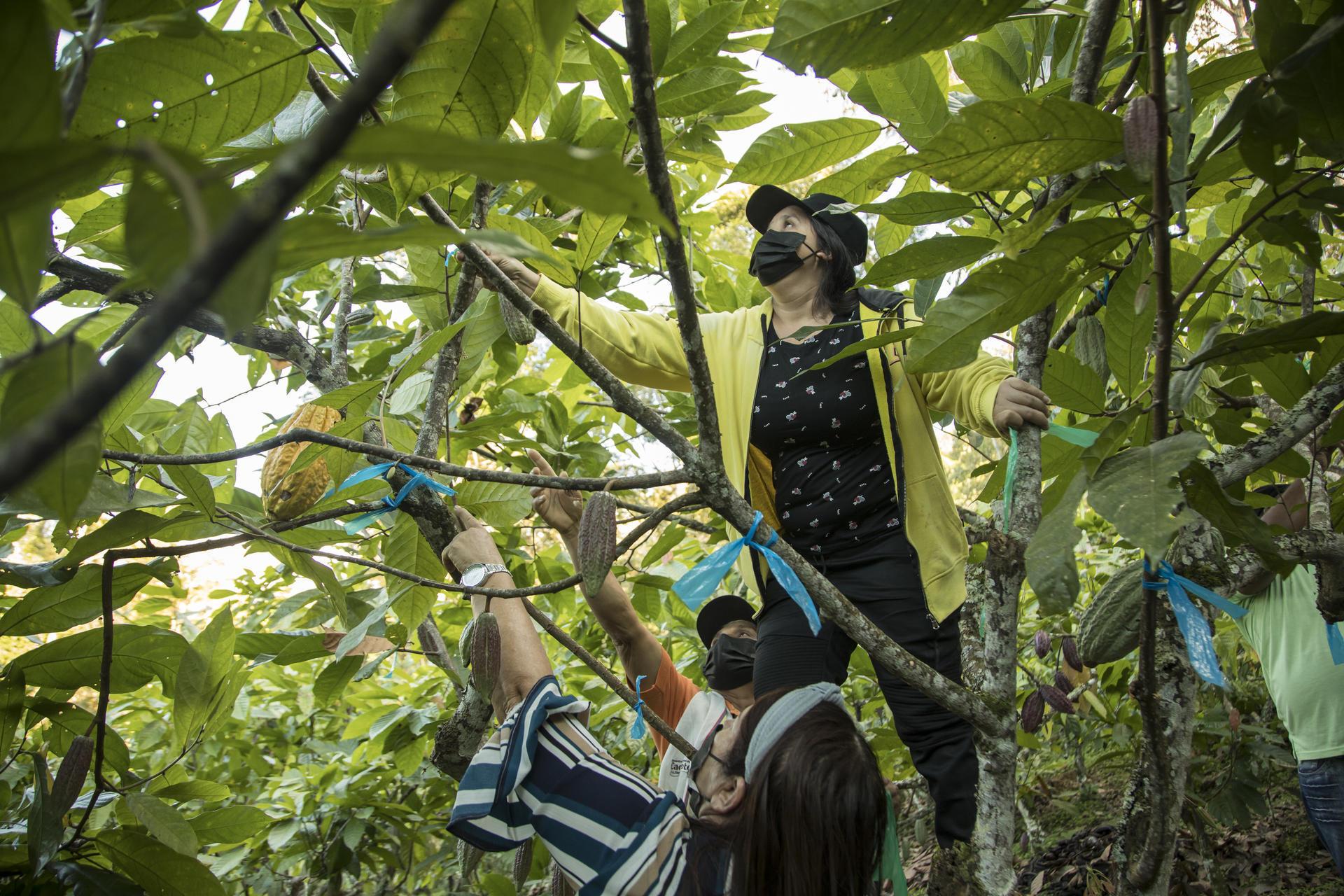
Read more about sustainable cacao in Colombia and Peru
Agroforestry in Practice
Agroforestry - the integration of trees in agricultural production systems - is increasingly seen as a promising sustainable alternative to mainstream agriculture in the tropics and beyond. Agroforestry comes in many forms, ranging from cropping systems where trees are only planted along the field borders, to highly diverse multi-strata tree and crop plantations. Agroforestry systems mitigate climate-related stress such as drought and heat, and can contribute to the conservation of biodiversity. They also play an important role in regulating the global climate through high rates of carbon sequestration, due to the increased soil health of biodiverse systems. However, beyond these important environmental contributions, the potential economic return per unit area of agroforestry systems is several times higher than monoculture plantations, assuming that value chains are in place for farmers to sell the additional multiple timber and non-timber products harvested, in addition to their primary crops.
Cacao production is an example of how agroforestry practices can make a huge difference to environment and livelihoods, if adapted to local contexts. The Alliance has catalogued hundreds of native cacao varieties in Peru, where over 89,000 farmers rely on this crop for their income. In 2023 we launched a user-friendly website for cacao diversity: this tool provides plot-specific information on:
- Recommended tree species that are matched to the planting site and the farmer's interests.
- Spatial design of the agroforestry plot.
- Estimated cost-benefit projection over time.
- Seed sourcing, propagation and management of the selected tree species.
Furthermore, in Peru the tool provides information on the expected exposure of the cacao crop to cadmium accumulation (a potentially toxic heavy metal), exposure to pests and diseases, and (4) the anticipated changes in climate. Finally, the tool provides information on which cacao varieties are native for each region (based on exhaustive genetic sampling) and where to obtain high quality planting material. Learn more about how the tool works here.
We are currently expanding the tool to other agroforestry systems, notably coffee and banana agroforestry, and silvo-pastoral systems. These tools complement and build upon our Diversity for Restoration platform to support forest landscape restoration activities (see here).

Evert Thomas
Senior ScientistExplore the Tools
Restoring Forests
In Southeast Asia, where nearly a third of deforestation occurs, in 2023 we marked 20 years of collaboration with regional organizations such as the Asia Pacific Forest Genetic Resources Programme (APFORGEN) to conserve and restore degraded forests, especially by utilizing native tree diversity.
The Indian government has pledged to restore 26 million hectares of land by 2030. However, current restoration has shown limited benefits for local people, especially where tree planting often uses inappropriate tree species. In the Western Ghats, our Diversity for Restoration tool (mentioned in the Agrobiodiversity section of this report) has been useful in compiling 110 traits of 250 species of native trees. Better understanding of native species’ traits helps plan for future climatic adaptability and ensure procurement of quality seeds so that restoration activities succeed in the long run.
This information is linked to the My Farm Trees platform, which in Africa is promoting tree cover using native species. The mobile tool includes documentation, verification and quality control, using blockchain to create a transparent link of information from seed collection to tree growth.
Read our restoration guide, published by the Alliance and FAO

Riina Jalonen
Scientist
Smitha Krishnan
Scientist
Chris J Kettle
Principal Scientist, Lead Tree Biodiversity for Resilient LandscapesCollectively, our past experiences, as well as the tools that we have co-developed and tested, can be leveraged to help governments plan reforestation efforts so that tree planting yields lasting impacts. Choosing the most suitable varieties and restoration approaches supports governments in every region where we work to meet ambitious commitments to foster resilient and productive landscapes that improve livelihoods, food security and climate change mitigation.

